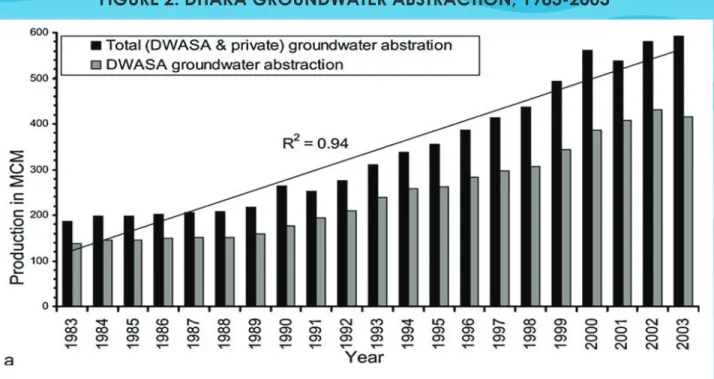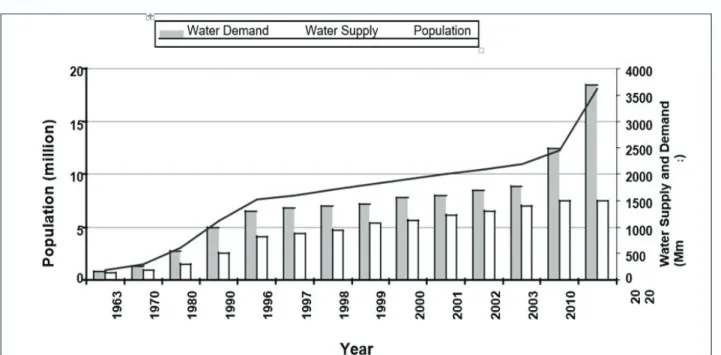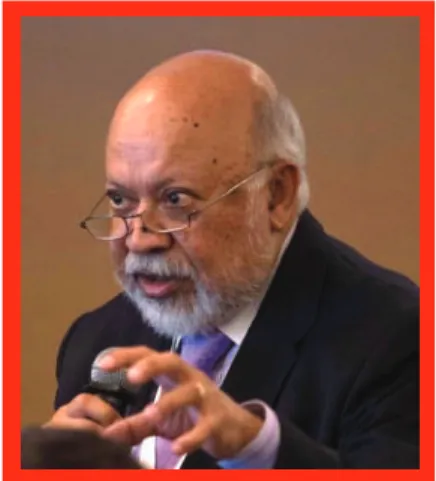In the last decade, the country's GDP has grown continuously amid various challenges, which include climate crisis, global economic recession and the COVID 19 pandemic. The basis of Bangladesh's sustainable economic growth has been supported by the sustainable growth of the energy sector.
DHAKA’S RECTANGULAR RIVER NETWORK North↑
DHAKA’S NEIGHBORHOODS & INDUSTRIES
DHAKA NEIGHBORHOODs & GROUNDWATER DECLINATION
Three of Dhaka's six rivers pose problems: Buriganga (southwest and west); Sitalakkhya (in the south-east and east corner); and Turag (along the northwest and north. Dhaka's slums (the primary zones targeted) have benefited, and it has been recommended for other Asian and African cities.
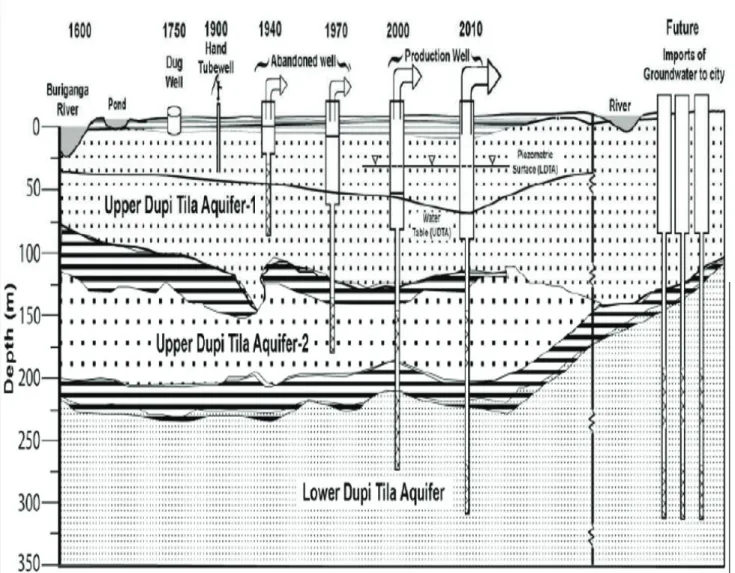
BANGLADESH PLAN OF SPECIAL ECONOMIC ZONES
BANGLADESH EXPORT PROCESSING ZONES
Dr. Marufa Akter
As a formal institution, the Dhaka Water Supply and Sewerage Authority (DWASA) distributes drinking water in the city. The results of the water management process are seen as the impact on the well-being or livelihood of individuals.
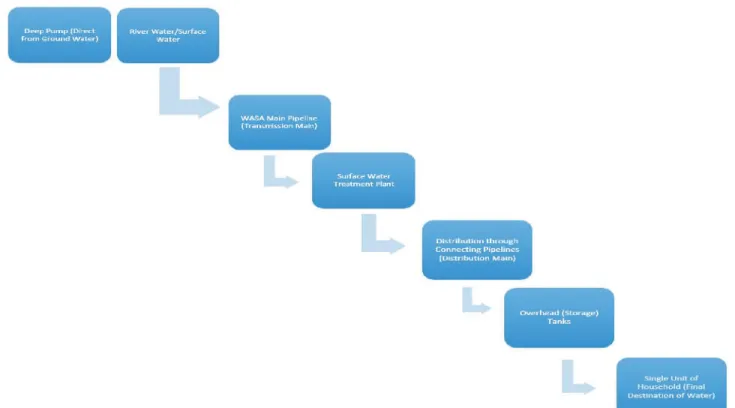
Bibliography
Jessica Tartila Suma
The current Rajdhani Unnayan Kortipakhkhya (RAJUK) project which is being implemented in eastern Dhaka also seems to face the challenges of greater Dhaka if urban planners are not concerned about resilient infrastructures and a proper transport system in the area. The World Bank proposed the construction of such a neighborhood to reduce pressure from the western part of Dhaka, which is densely populated and unevenly built. The area is prone to flooding, for which the World Bank study suggests three critical interventions: (1) construction of the eastern embankment along the Balu River to reduce flood vulnerability, which in turn would increase land available for development ( the 119 square kilometer East Dhaka mock project will be able to accommodate 6 million people); (2) development of critical transport infrastructure to generate additional land and improve its quality to make eastern Dhaka more accessible; and (3) lowering the cost of doing business in the area as eastern Dhaka is a potential value-added district that is expected to have better jobs and a much higher income population.
The World Bank proposed that Eastern Dhaka would be built largely on green meadows and riverbanks, which are close to river transit routes and proposed highway corridors (World Bank, 2018).
FINDINGS AND DISCUSSIONS
The consequences of traffic jams not only affect mental stress but individuals are also affected by the air pollution caused by the vehicles and the construction of road infrastructure which remains incomplete most of the time. Greater Dhaka consists of the urban area in the city's environs, which includes Gazipur in the north), Savar (to the west) and Narayanganj (to the south) and Norshingdi (north-east). An image below reflects the suffering of the population due to water logging and urban flooding.
Hatirjheel Lake – the largest body of water in Dhaka is a star exception that depicts vibrant infrastructure and proves that exceptional planning and its remarkable execution is possible in Bangladesh.
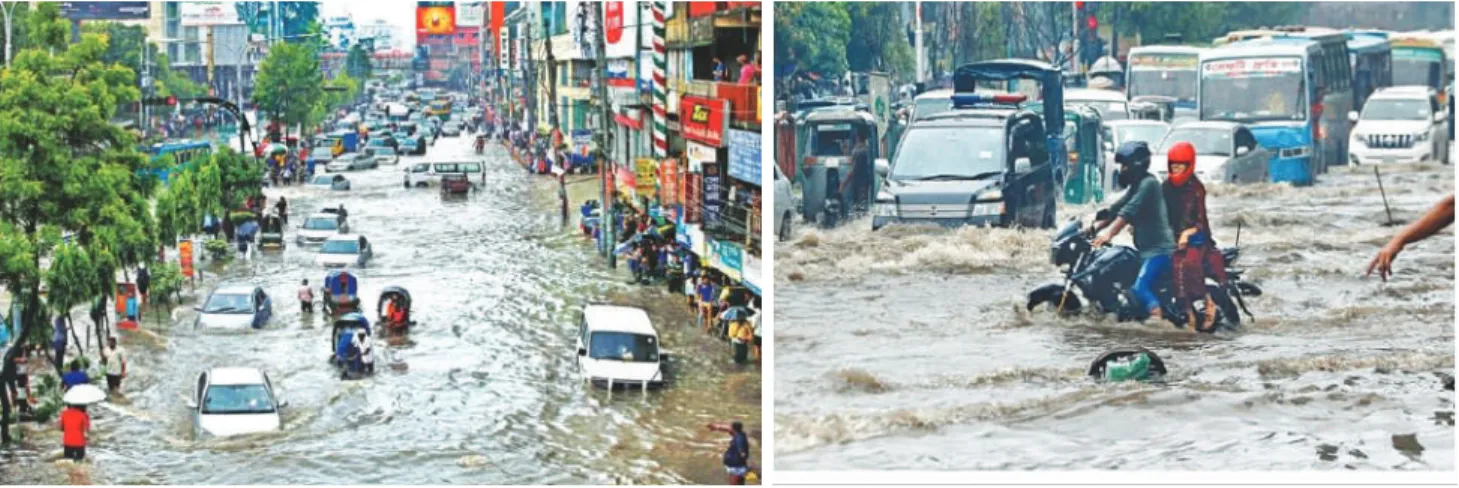
CONCLUSION
Dr. Nazneen Islam Khan Researcher,
More physical and mental health problems are likely to emerge as a result of predicted further climate change. The impact of climate change on mental health is a relatively new area of research, but it should not be underestimated. The link between climate change and mental health may not always be clear, even to those affected.
As a result, they may experience post-traumatic stress disorder, major depression and other mental health problems.
Dr. Emadul Islam
The issue of climate finance is at the heart of the entire UNFCCC negotiating process over the past two decades. Although there has been some increase in adaptation financing to LDCs (less developed countries) in recent years, this is less encouraging compared to the total volume of climate financing in 2016-2018: financing for LDCs represented only 14. There is a significant trend of increasing the share of climate finance provided to least developed countries in the form of loans.
We can recall the LDC's vision of providing 70% of climate finance locally by 2030.
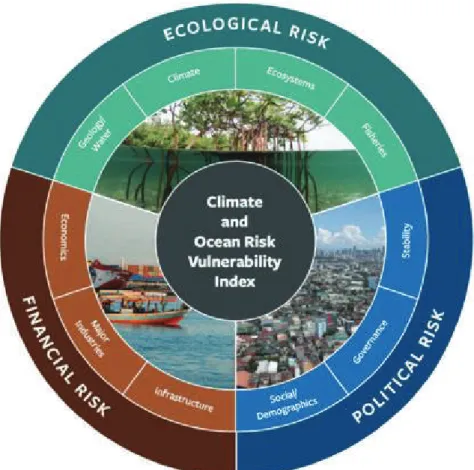
Professor Saleemul Huq
But in terms of what Bangladesh needs to make the leap to the global knowledge economy I envision above, all universities are completely inadequate to deliver what is needed. This is because the country's education system is based on rote memorization to pass exams and enable graduates to get white-collar jobs, which is completely inimitable in making the transition to a knowledge economy where the future lies. As Bangladesh celebrates its first fifty years as an independent country, there is indeed a lot. That is why we must now work as quickly as possible to change the way we teach and empower our young girls and boys to fuel their thirst for knowledge and entrepreneurship. and produce the future employers, not just employees.
We need to make a very quick and sharp paradigm shift from the current quantity-based outcomes of higher education to a much more quality-based outcome by changing the ways we teach in order to enable our girls and boys of today to become global leaders of the knowledge-based economy of the future.
Dr. Lt Colonel Kawser Ahmed (Retd)
Introduction
Cold Peace' vs. 'Hot Negotiation'
Defenders justifying UN involvement in the area conveniently ignore that the FPOL is essentially a ragtag group of fighters and is minimally supported by Algeria. Consequently, the mission's presence encourages Morocco to maintain the status quo in the area, as any violation of the ceasefire goes against the FPOL. Meanwhile, Morocco has achieved its 'strategic demographic engineering project' in the occupied territory by settling hundreds of Moroccans.
They added their names to the long list of failed diplomats to bring about any meaningful revision of the mission mandate due to overwhelming pressure from their respective countries.
Conclusion
Many have argued in their defense that the mission has kept the peace, albeit not in an optimal state, but "peace" nonetheless. And this is exactly what Morocco benefits from - peace at the cost of the Sahrawi people's right to self-determination.
Major General M Ashab Uddin,ndc,psc,M Phil (Retd)
Committing assets to global needs under the UN is one of the only consistent parts of its foreign policy without any domestic backlash. Despite the multi-dimensional challenges, Bangladeshi peacekeeping forces could achieve good names for the country by carrying out the task of mission mandate. In almost every mission, we could serve the hearts and minds of the locals.
The country is proud of the past services and sacrifices of peacekeepers and remains committed to responding to the UN call to participate in future peacekeeping missions.
Farooq Sobhan
US: the single biggest apparel market for Bangladesh
Security cooperation
Three key events
The attack killed 22 civilians, 2 police officers, and five terrorists.12 The existing security cooperation between the United States and Bangladesh was strengthened after the terrorist attack, and it remains an area of high priority for both countries in their bilateral relations. The third event was a military crackdown by the Myanmar army in the last week of August 2017, which resulted in the slaughter of thousands of Rohingya in Rakhine province, while an estimated 800,000 Rohingya were forced to seek refuge in Bangladesh. The Rohingya have been living in makeshift camps in the border district of Cox's Bazaar for the past three years.
Mobilizing international support for the safe repatriation of the Rohingyas, holding Myanmar accountable for committing genocide, mobilizing $1 billion in humanitarian assistance annually for the Rohingyas, and addressing a wide range of security-related challenges in the camps, are just some of the issues currently troubling the Bangladeshi government.
Recent US engagement with Bangladesh
The second was to try to get Bangladesh to become an active participant in the Indo-Pacific strategy. The fifth possible goal was to strengthen support in the region for India against China. Bangladesh did not want to get involved in the growing US-China confrontation and wanted to support the economic and business aspects of the IPS, as distinct from the defense-related aspects of the IPS.
For example, in early November 2020, the US and Bangladesh navies conducted a joint naval exercise in the Bay of Bengal.
US-Bangladesh Relations: Opportunities and Challenges
Very importantly, Bangladesh will have to pay special attention to diversifying its exports to the United States. The United States has been a major investor in Bangladesh, especially in the oil, gas and energy sectors. At the end of 2017, the United States accounted for 23% of foreign direct investment in the country.
Bangladesh can be expected to make every effort to attract FDI from the United States in the coming years.
Ambassador Nasim Firdaus
It achieved its biggest victory in the UN elections in 1979, when Bangladesh became a non-permanent member of the Security Council. However, the determination and resilience of the people of Bangladesh helped correct course at several points in its history to give elected political governments room to manoeuvre. It was fortunate that we achieved exceptional achievements in achieving the goals of the Millennium Development Goals.
Most of the foreign aid received at the time consisted of food aid, balance of payments support and official development assistance.
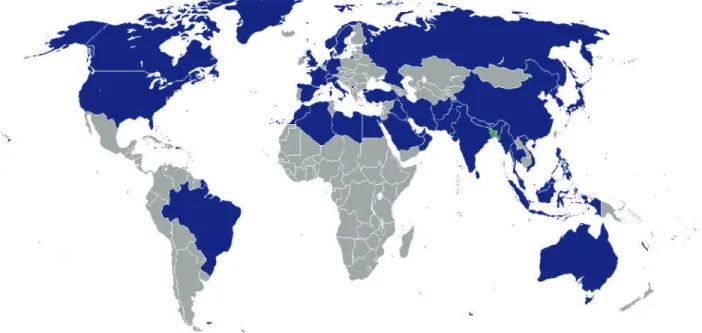
Ambassador (Retd) Tariq A Karim
Envisioning a Bay of Bengal Economic Cooperation Framework as a First Step to Greater Integrated Cooperation: What Role Bangladesh. The Irrawaddy and Salween rivers in Myanmar drain into the Andaman Sea, which is an integral part of the Bay of Bengal, home to Myanmar's ports of Sittwe, Kyaukphu, Thandwe and Mawlamyn, among others. Major Malaysian ports directly or indirectly served by the bay are Penang and Port Klang (Straits of Malacca).
Relatively recently, the Bay of Bengal was also found to host a 60,000 square kilometer Dead Zone, covering water depths of between 100-400 meters.
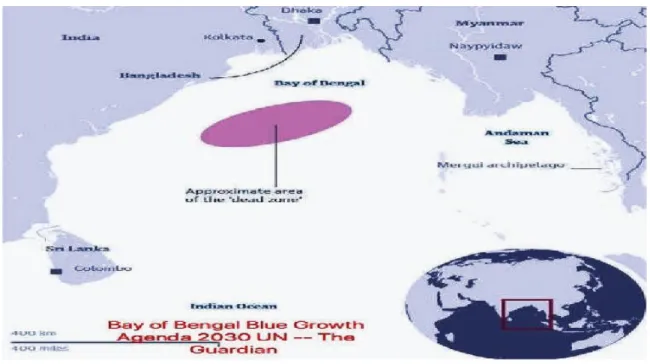
Bengal’s historic role in the Bay of Bengal (BOB)
The Bay of Bengal encompasses a vast geo-spatial area, with a combined population of close to 2 billion (almost 25% of the total world population) and GDP-PPP of USD over 16.5 billion. If the coasts of the Bay of Bengal could evolve into a Bay of Bengal Community (BOBC), replicating EEC and ASEAN evolution, the possibilities for prosperity for all the coasts would be almost limitless. Therefore, the countries must seriously engage in proactive dialogue that will serve to protect the Bay of Bengal Commons and also translate into common economic prosperity for all.
Bangladesh's future prosperity, indeed its continued existence, depends more than it realizes on the Bay of Bengal.
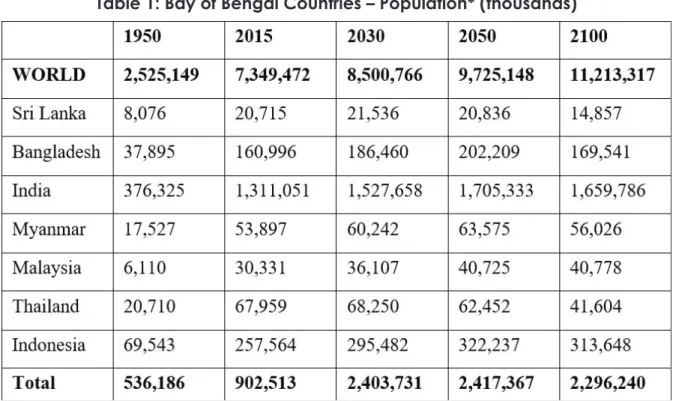
Gleaning lessons from European and ASEAN transformation
In all respects, it is therefore well positioned today to play a bridging role as a dynamic catalyst for multifaceted regional cooperation among the countries of the wider Bay of Bengal region. It is true that there are dangers and emerging challenges that will test the resilience not only of Bangladesh but also of all countries in the Bay of Bengal region. With acumen and far-sighted state leadership, Bangladesh could still be at the forefront of advocating a gradual expansion of the current BBIN-BIMSTEC process into a broader configuration of the Bay of Bengal Economic Cooperation (BoBEC) – or what could be described as BIMSTEC. -Plus configuration.
Ambassador (Retired) Tariq A Karim, a retired diplomat with long service, is currently the Director of the Center for Bay of Bengal Studies at an independent university in Bangladesh.
